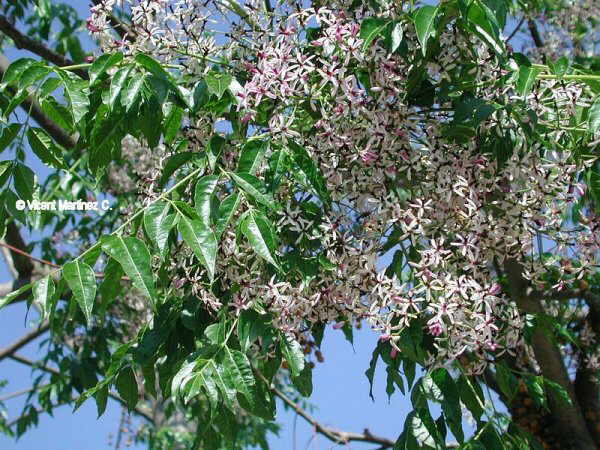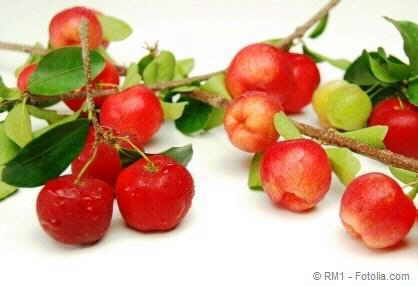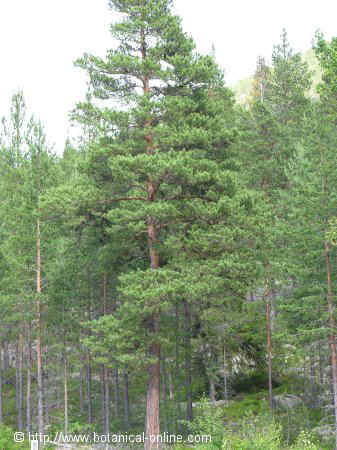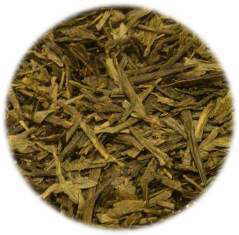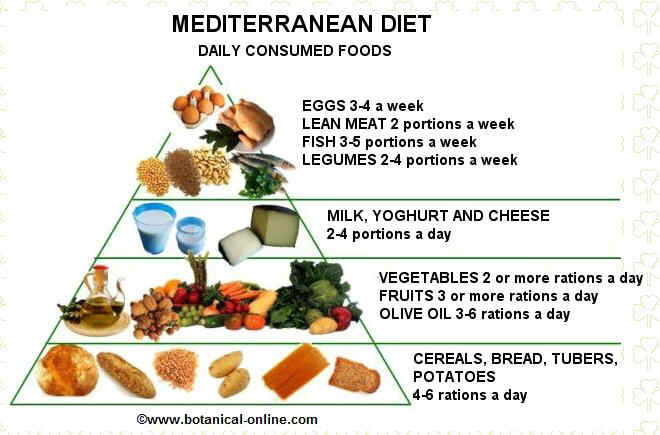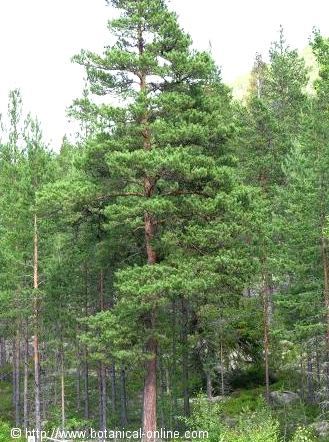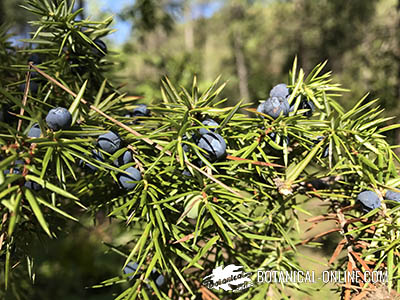Contents
TANNINS PROPERTIES
What are tannins?
Tannins are polyphenolic compounds very astringent and with a bitter taste. They are divided into hydrolysable and condensed. Industrial properties have been used for tanning leather, to remove water from the muscle fibers.
The Egyptians used the fruits of acacia for this purpose. The chestnut tree (Castanea sativa) is well known to produce a hydrolysable tannin used in leather industry. Tannins in folk medicine used to combat diarrhea, hemorrhoids, heal wounds, as bactericides and other poisons and antidotes.
These compounds have been developed by plants as a way to defend against external attacks from predators, thus presenting a very bitter and astringent tastes.
What are tannins effects on human body?
When taken in excess of 100 mg daily produced health problems that occur in the digestive tract (diarrhea, stomach pain, presence of urine in the blood, headache, poor appetite, etc.).
In the small intestine, digestive enzymes can take advantage of our nutrients. These degrade carbohydrates and proteins into amino acids and glucose or other monosaccharides that can be absorbed into the bloodstream.
Tannins, however, interfere in this process by binding to enzymes and prevent them from performing the above process.
This causes the food is not as profitable. It has been demonstrated sorghum-fed animals, rich in tannins, such as in Africa and Southeast Asia, lacked a 30 to 50% of their ideal weight if they had been fed with other grains devoid of this component.
Where tannins can be found?
Among the plants with these components we have many species of oaks and holm oaks (Quercus ), Sorghum (Sorghum), Pine (Pinus), sumac (Rhus coriaria), bearberry (Arctostaphylos uva-ursi), etc.
![]() More information about plants.
More information about plants.
MAIN FLAVONOIDS | ||
| Beta carotene | Alpha-carotene | Lycopene |
| Lutein / Zeaxanthin | Capsanthin | Catechins |
| Cryptoxanthin | Anthocyanins | Rutin |
| Quercetin | Hesperidin | Resveratrol |
![]() More information about plants.
More information about plants.

